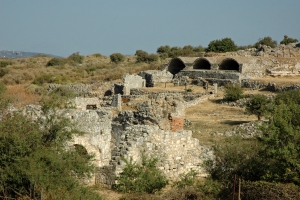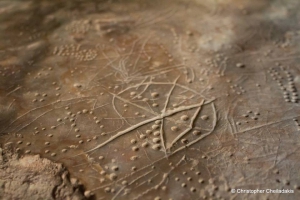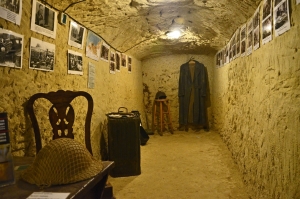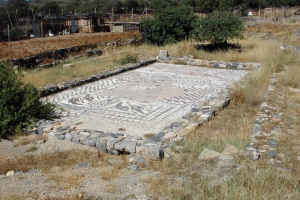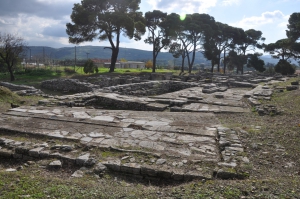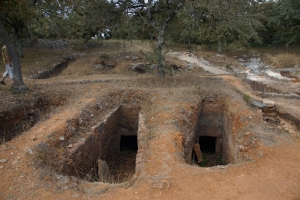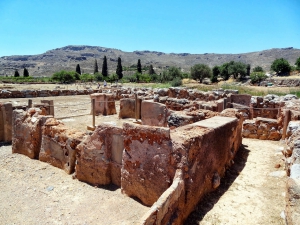The ancient city of Aptera was founded in the 8th century BC in a panoramic position that controlled Souda Bay and flourished in the Hellenistic period. It was abandoned in the Arab years, when it was destroyed by the pirates (or an earthquake).
Asfendou cave is located near the village of Sfakia, on a steep slope at position Skordalakia. The road connecting Asfendou with Kallikratis passes nearby and there is a plateau with an area of 2000 square meters in front. Skordoulakia cave is a very small rock shelter without woo much depth that barely fits two people and is located on a hillside at the beginning of the canyon Asfendou.
A living museum of historical memory that is worth seeing by any visitor of Crete that records the suffering of the Greek people during the German Occupation, is the galleries of Platanias. The shelter was built below the church of Agios Dimitrios at Pano Platanias by the requisitioned locals, for the Germans.
Within short distance from Elounda, near the salt pans, we meet few remains of the ancient city Olous (most inside the sea) that was inhabited since the Minoan period. Olous was one of the hundred most important cities of ancient Crete with a maximum population of over 30,000 people.
The archaeological site of Ancient Tylisos is located 16km west of Heraklion, in a strategic location. Tylissos was a Minoan city that was flourished in 1650-1450 mainly because it was amid the road that led from Knossos to the west Minoan centers and Ida Mount. In 1450 it was destroyed, but was rebuilt and prospered until 1200.
Ancient Lissos was the seaport of Elyros and was built in a small valley between Sougia and Paleochora. It flourished from the Hellenistic period up to the 9th century, when it was destroyed by the Saracens. It was famous for the Asclepion, where patients from all over the island arrived to be healed from the thermal baths.
The necropolis of Armeni is situated 9km south of the town of Rethymnon, on the main road which leads to the south coast of Crete. The greatest Late Minoan III A-B (c. 1400-1200 BC) cemetery was discovered on a shallow hill called Prinokefalo, which means “hild of the wild oaks”.
Zakros is located in a remote area of eastern Crete, 45km southeast of Sitia. Communication with the Mid East was faster from here during the Minoan Age, thus the Minoans built here the administrative center of Eastern Crete, with an important port. The findings are very rich (sheets of gold, ivory, jewelry, pottery, etc.) and prove the close relationship of the city with the ports of Cyprus, Egypt and the Middle East.





